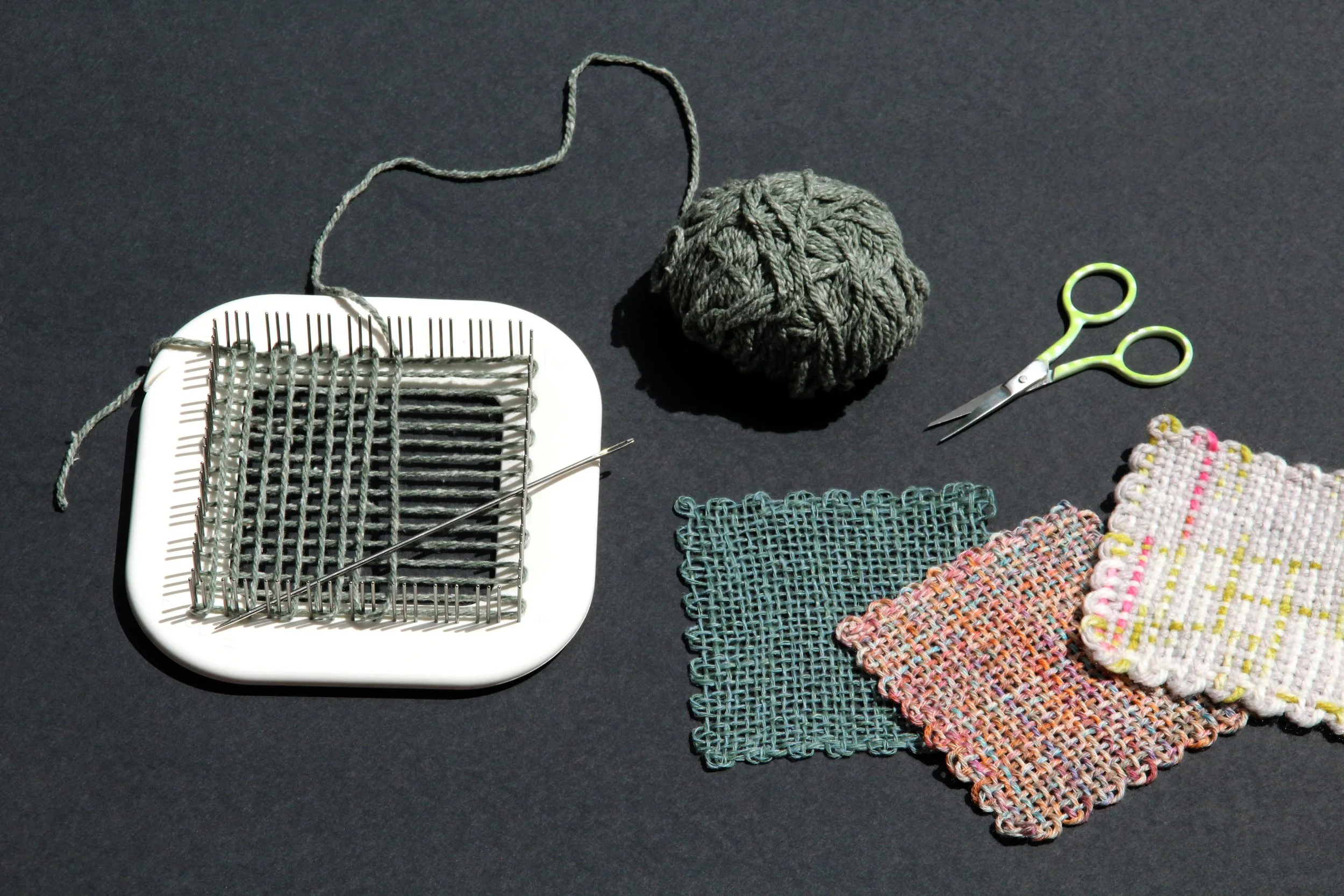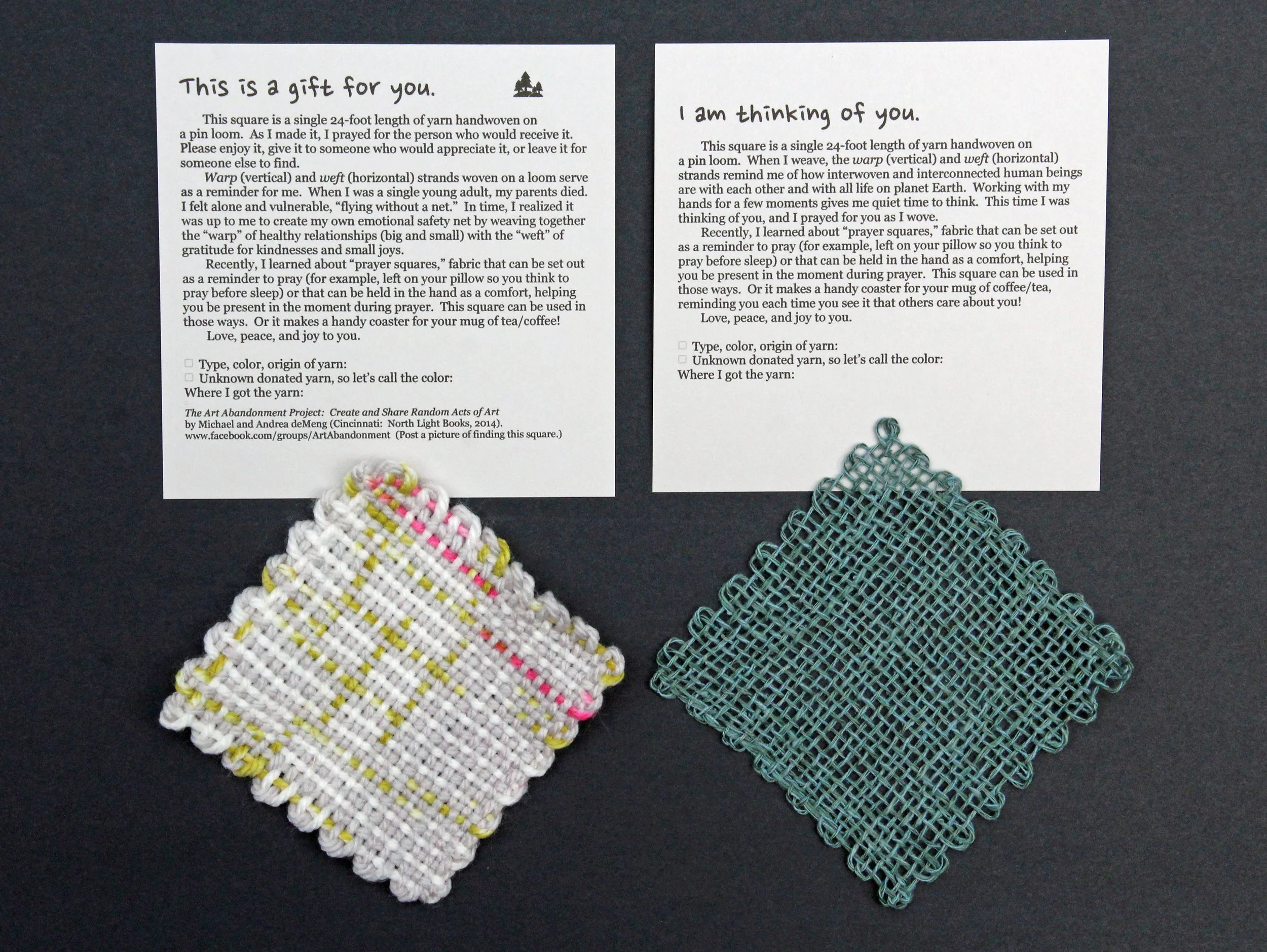Catching up with Valerie J. Frey
I had fun rereading my Milspofan blog post from two years ago. I vividly remember the pressure of that October 31st deadline for my book about old recipes and cookbooks. I emailed everything to my editor just in time to take my kid trick-or-treating, and my overtired brain certainly made me feel like a Halloweenish zombie that night! That book is now in the final copy editing phase and should be out by the end of the year. I even talked my editor into reprinting a long-forgotten 19th-century cookbook that I discovered during my research, so I’m finishing up the foreword for it this week and it will be re-released at the same time as my book.
I spend the lion’s share of my time conducting research and writing, and now I have a creative channel that helps balance that. During the pandemic I came across The Art Abandonment Project: Create and Share Random Acts of Art by Michael deMeng and Andrea Matus Demeng (Cincinnati: North Light Books, 2014). I used to do tiny plein-air watercolor paintings and leave them behind for others to find. I had all but forgotten about those paintings until I came across the book. That, in turn, reminded me of all the “small arts” I have done, projects that weren’t professional or a focus but rather pursuits someone else would probably call a hobby. Years ago, I burned myself out on cross-stitch by spending a whole summer creating a thread map of the beloved island that was my first home. I missed having something to do with my hands while traveling or when I must sit still, so over the years I tried many things-- yo-yo quilts, beading, basketweaving, tatting, and embroidery, to name a few. Now curious, I went down into the basement and poked around in my art supplies, the remnants of all those pastimes. It was a little embarrassing how many learn-to-crochet books I owned. Those were because I was inspired by reading an article about how actress Tyne Daly used to make a baby hat every day while sitting in the makeup chair, and after she had a box full then she would give them to a hospital. The yarn and crochet hooks, like so many other art supplies, were relegated to the basement because a sense of shame went with them. I’d wandered away from each one, either unable to grasp the art well enough to feel competent or else dissatisfied with it in some way.
I ended up dragging all my art supplies up from the basement and sorting them. I wrote a long but deeply satisfying journal entry listing each pursuit—and honestly exploring what was attractive about it as well as what caused me to lose interest. As I wrote, I suddenly saw how I’d been craving something non-messy that involved pleasing color and texture but that didn’t strain my hands, eyes, or budget. I wanted something that wasn’t someone else’s design yet didn’t depend on creative drawing skills I felt were beyond my capabilities. I wanted something with materials that are environmentally-friendly. After travels far off the beaten path in Europe this past summer, I also began to realize I craved something that touched on history, skills my foremothers would have known. And that article about the baby hats that intrigued me for years? My book projects take years of dedication and tenacity, so I want my handiwork to be something I can finish relatively quickly, give away without undue hoopla to start anew. I boxed up the art supplies I knew I’d no longer use and mailed them to a young cousin just beginning to explore her creativity. With items like my tatting shuttle, I realized the crafting books make it sound like you must make whole tablecloths, but there’s no reason I can’t make small items to give away or abandon. During this time, I came across an ad for a pin loom and fell in love. Those 4-inch squares hit all the sweet spots I listed in my journal! I found a tiny Japanese craft box that fits the loom as well as its tools and yarn so I can easily take it on the go and work from my lap. Oh, the bliss of yarn shops, learning the joys of various weights, materials, and patterns! Each square uses just eight yards of yarn, so I often work from scraps or donations from knitters who find themselves with lots of leftovers. And after a long conversation with a friend who coaxed out of me why I love the idea of weaving, I created cards to go with each square I give away—one for abandoned pieces and one for squares I make for a specific person to celebrate a joy or acknowledge a rough patch.
I use the Schacht Zoom Loom, which allows me to weave using just the loom
and a six-inch needle. The thickness of the yarn means either a solid square like a sweater or
something more delicate like a spider’s web. If I decide I want to make a shawl or something
larger, I can piece squares together. I love to weave in bed at night—but only when my cat isn’t
there to grab the yarn!
When I work away from home, my Harcotto box works well on my lap. The
hinged lid folds back to give me additional workspace. I use two Iris brand craft boxes inside to
stay organized. So that I don’t have to carry many skeins of yarn, I measure out eight yards
around a flat thread card and secure it with a clear hair tie.
I print labels on gray cardstock then slide both the label and the square into
5-inch plastic self-sealing sleeves to keep them clean and flat. I have checkboxes on my labels so
I can tell people about the yarn. If I don’t know anything about the yarn, I’ll use the second
checkbox to have the fun of naming the color myself.
A few weeks ago, I came across the perfect craft cart on wheels at an estate sale. It is tall but narrow, the six drawers just right for stowing the tools I need for making art abandonment projects be they tatted snowflakes in winter, cotton yarn daisies in the warm months, or woven wool pin loom squares the colors of autumn leaves when the weather gets chilly again. It fits enough yarn that I promised myself I’ll work though my stash when the drawers get tight in order to earn the joy of purchasing more. My cart isn’t in the basement but rather in my office where I see it and use it every day.




